When it comes to DIY projects, starting off with the right tools is essential, but that doesn’t mean you need to break the bank. If you’re a beginner and want to pursue your DIY passion without overspending, you can build an affordable, efficient toolkit by making smart choices. In this guide, we’ll walk you through 10 tips for choosing DIY tools on a budget, so you can kickstart your projects with confidence and ease.
Whether you’re a total novice or a seasoned DIY enthusiast, these budget-friendly tips will help you pick the right tools that get the job done while staying within your budget. DIY should always be easy, affordable, and gratifying, and with the right tools, you’ll be ready to tackle anything that comes your way.
Table of Contents
1. Start with the Basics: Essential Tools for Any DIYer
When you’re just starting out, it’s tempting to buy a wide range of tools, but that can get expensive quickly. Instead, start small by focusing on the essential tools that can handle a variety of projects. These are the must-haves every beginner should have in their toolkit:
- Hammer: A classic claw hammer is indispensable for basic carpentry, hanging artwork, or assembling furniture.
- Screwdriver Set: Both flathead and Phillips screwdrivers are essential for tightening screws and small assembly projects.
- Measuring Tape: Precise measurements are crucial for almost every DIY project, from hanging shelves to cutting materials.
- Utility Knife: Ideal for trimming materials, cutting packaging, and working with various mediums.
- Pliers: A basic set of pliers will help with tasks like gripping, twisting, and cutting wires or cables.
Recommended DIY Toolsets for Women (Paid Links)
By starting with these versatile tools, you can complete a wide range of projects, building your skills and toolkit gradually over time.
2. Prioritize Quality Over Quantity
It’s easy to get carried away by buying inexpensive tools to save money upfront, but in the long run, investing in quality tools is a smarter move. High-quality tools are built to last, perform better, and can save you money by not needing frequent replacements.
When buying tools on a budget, look for:
- Durability: Materials like forged steel and heavy-duty plastics last longer.
- Good Warranties: Many reputable brands offer lifetime warranties on hand tools, meaning you won’t have to replace them out of pocket.
- Customer Reviews: Check reviews and testimonials to make sure the tools perform well in real-world situations.
Rather than buying a large number of cheap tools, start with a few high-quality items that will serve you for years to come.
3. Shop Secondhand: Great Tools at a Fraction of the Cost
One of the best-kept secrets for building a DIY toolkit on a budget is to shop secondhand. There’s a thriving market for used tools, and you can often find great deals at:
- Yard sales: Homeowners may be selling tools they no longer use at a fraction of their original cost.
- Thrift stores: Many secondhand shops carry tools that have plenty of life left in them.
- Online marketplaces: Platforms like Facebook Marketplace, Craigslist, and eBay often have gently used tools at great prices.
When buying secondhand tools, always inspect them for signs of excessive wear, rust, or damage. Many tools, especially manual ones like hammers and screwdrivers, have a long lifespan, so buying used can be an excellent way to save money without sacrificing quality.
4. Look for Multipurpose Tools
Another way to keep costs down is to invest in multipurpose tools. These are tools that serve multiple functions, reducing the number of items you need to purchase.
Some examples of versatile tools include:
- Multi-bit Screwdrivers (Paid Link): Instead of buying multiple screwdrivers, a single tool with interchangeable bits will cover many types of screws.
- Combination Square (Paid Link): This tool can serve as a ruler, protractor, and square for accurate measurements and angles.
- Cordless Drill with Attachments (Paid Link): A cordless drill is incredibly versatile, especially when paired with drill bits, sanding attachments, or screwdrivers. It can handle everything from drilling holes to driving screws.
By choosing multipurpose tools, you can complete a variety of projects with fewer items, saving both space and money.
5. Consider Tool Kits: All-in-One Solutions
If you’re new to DIY, purchasing an all-in-one tool kit can be a great cost-saving solution. Tool kits often come with a wide range of basic tools, and buying them as a set is usually cheaper than buying each tool individually.
Look for tool kits that include:
- Hammer
- Screwdrivers (both Phillips and flathead)
- Pliers
- Adjustable wrench
- Measuring tape
Tool kits are also great because they often come with a storage case, helping you keep your tools organized and protected. Kits designed for beginners usually include everything you need to get started, making them a great value purchase for anyone building their toolkit on a budget.
6. Compare Brands: Budget-Friendly Doesn’t Mean Low Quality
When shopping for DIY tools on a budget, don’t assume that only expensive brands offer high quality. Many budget-friendly tool brands provide excellent products that are durable and effective.
Some budget-friendly brands to consider include:
- Stanley (Paid Link): Known for its affordable hand tools that are built to last.
- Black+Decker (Paid Link): Offers a wide range of tools that are perfect for beginner DIY enthusiasts at a lower price point.
- Ryobi (Paid Link): A favorite for budget-conscious buyers, Ryobi offers affordable power tools with great performance.
Always compare the prices, features, and warranties of different brands to make sure you’re getting the best value for your money. Even within a lower price range, you can find tools that will serve you well without compromising on performance.
7. Check for Sales and Discounts
Another great way to keep your DIY toolkit within budget is by keeping an eye out for sales and discounts. Hardware stores often have clearance events, especially during certain seasons when they’re changing stock.
Here are some tips for finding discounted tools:
- Sign up for store newsletters: Retailers like Home Depot and Lowe’s often notify subscribers of upcoming sales and promotions.
- Look for online deals: Websites like Amazon, eBay, and Overstock frequently have sales on tools, especially during Black Friday or Cyber Monday.
- Use coupon sites: Websites like Honey and Rakuten can help you find discount codes for online tool purchases.
With a bit of planning and patience, you can get high-quality tools at a fraction of their original price.
8. Borrow or Rent Tools for One-Off Projects
For tools that you may only need once or twice, consider borrowing or renting instead of buying. This is a great way to avoid spending money on tools that might end up collecting dust in your garage.
You can borrow tools from:
- Friends or family: Ask around—someone might have just what you need for your next project.
- Tool lending libraries: Some communities have tool libraries where you can borrow tools for free or for a small fee.
- Rental services: Many hardware stores, like Home Depot or Lowe’s, offer tool rental services for a reasonable price.
Borrowing or renting tools is perfect for larger, expensive tools like power saws or specialty tools that you’ll rarely use. It’s a great way to get the job done without making a big financial commitment.
9. Opt for Manual Tools When Possible
While power tools can be convenient, manual tools are often cheaper and just as effective for many beginner projects. As a beginner, you may not need expensive power tools right away, and starting with manual tools can help you hone your skills.
Some examples of affordable manual tools include:
- Hand saws: Great for small woodworking projects.
- Manual screwdriver set: For lighter tasks where a power drill isn’t necessary.
- Hand sanders: Ideal for smoothing wood surfaces or removing old paint.
Manual tools are perfect for smaller, simpler tasks, and they come at a fraction of the cost of their electric counterparts. They’re also a great way to develop a deeper understanding of your craft before investing in power tools.
10. Take Care of Your Tools: Maintenance Tips to Extend Lifespan
Lastly, once you’ve invested in your tools, make sure to take care of them so they last longer and perform better. Proper maintenance can save you from having to replace tools prematurely.
Here are some maintenance tips:
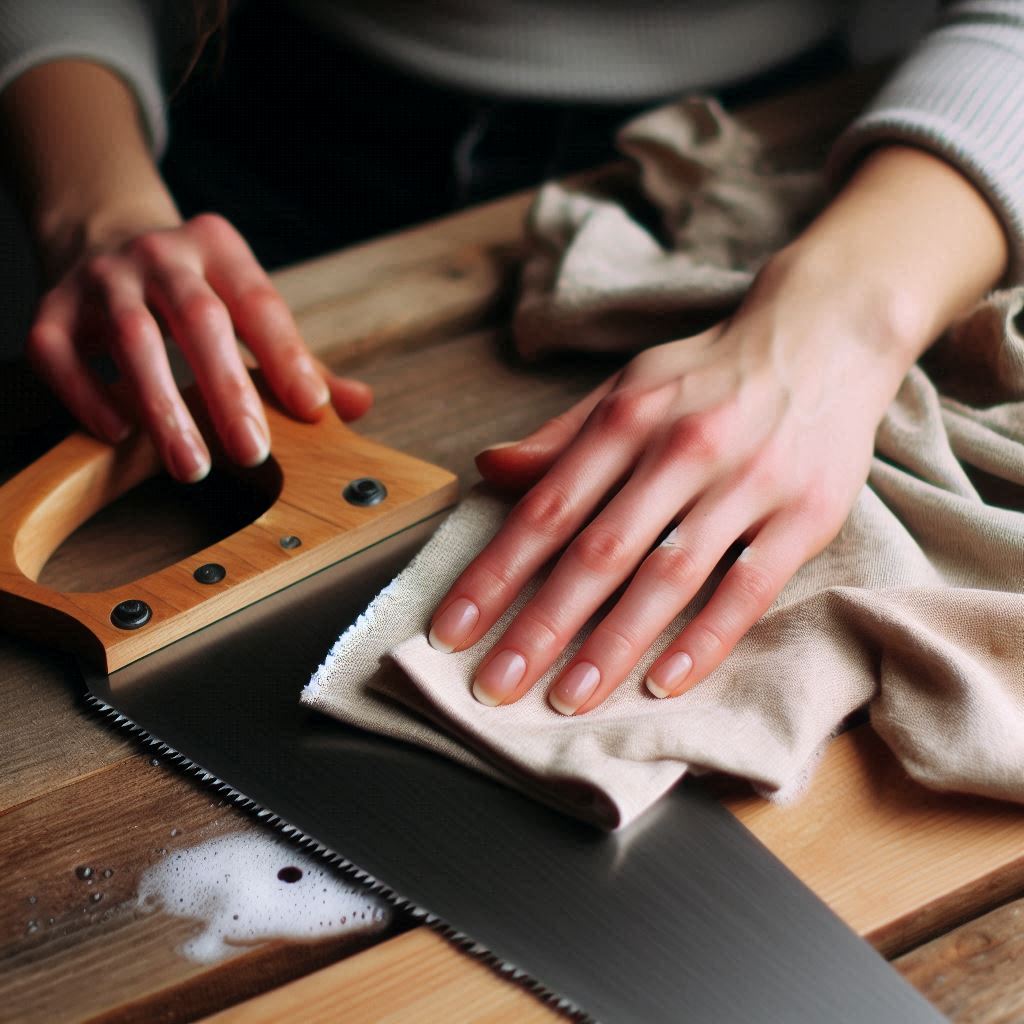
- Clean tools after each use: Wipe down tools with a cloth to remove dust, dirt, or debris that can cause rust or damage.
- Store tools properly: Keep tools in a dry place and use cases or racks to avoid clutter and damage.
- Sharpen and oil blades: Tools with blades, like saws or chisels, need regular sharpening and oiling to maintain performance.
By taking care of your tools, you’ll extend their lifespan and reduce the need for replacements, keeping your toolkit affordable over the long term.
Wrapping Up Your Budget-Friendly DIY Toolkit Journey
Building a DIY toolkit on a budget is not only possible but can also be an incredibly rewarding process. By starting with the basics, prioritizing quality, shopping secondhand, and taking advantage of sales and discounts, you can assemble a collection of tools that will help you tackle any project without overspending.
With these 10 tips for choosing DIY tools on a budget, you’ll be well on your way to creating, crafting, and enjoying all the satisfying rewards that come with completing your own DIY projects. Happy building!

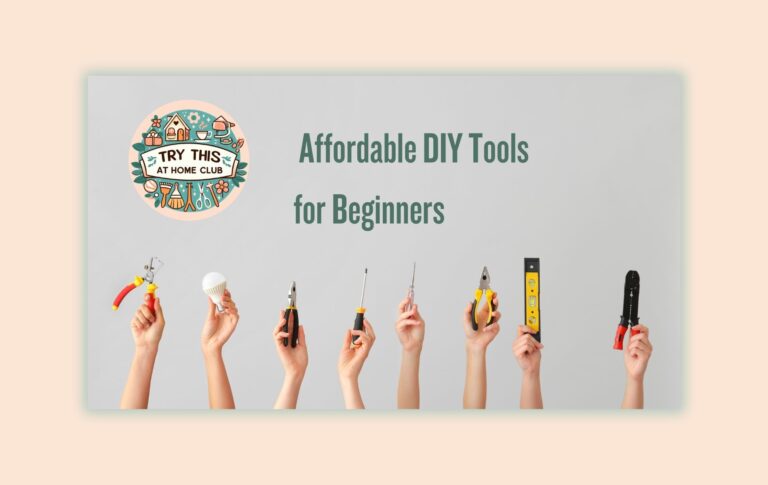
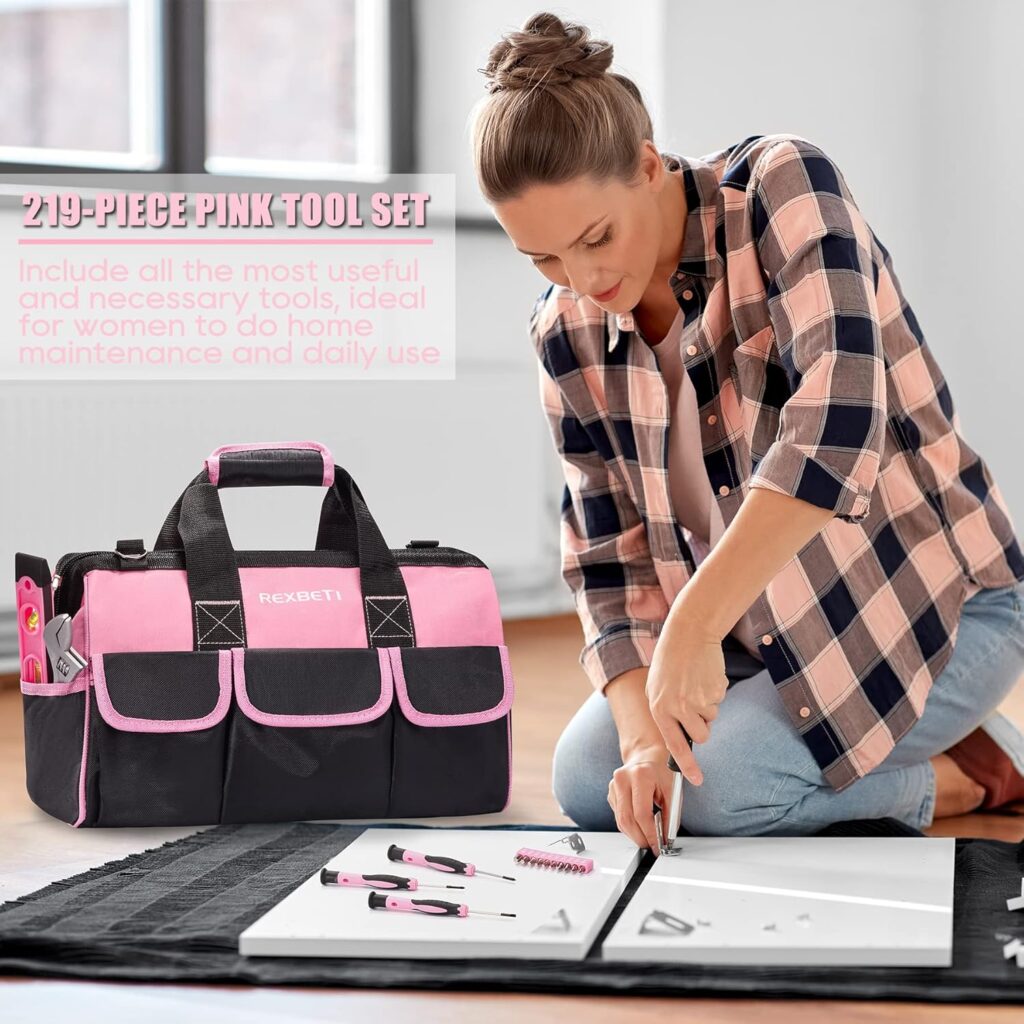
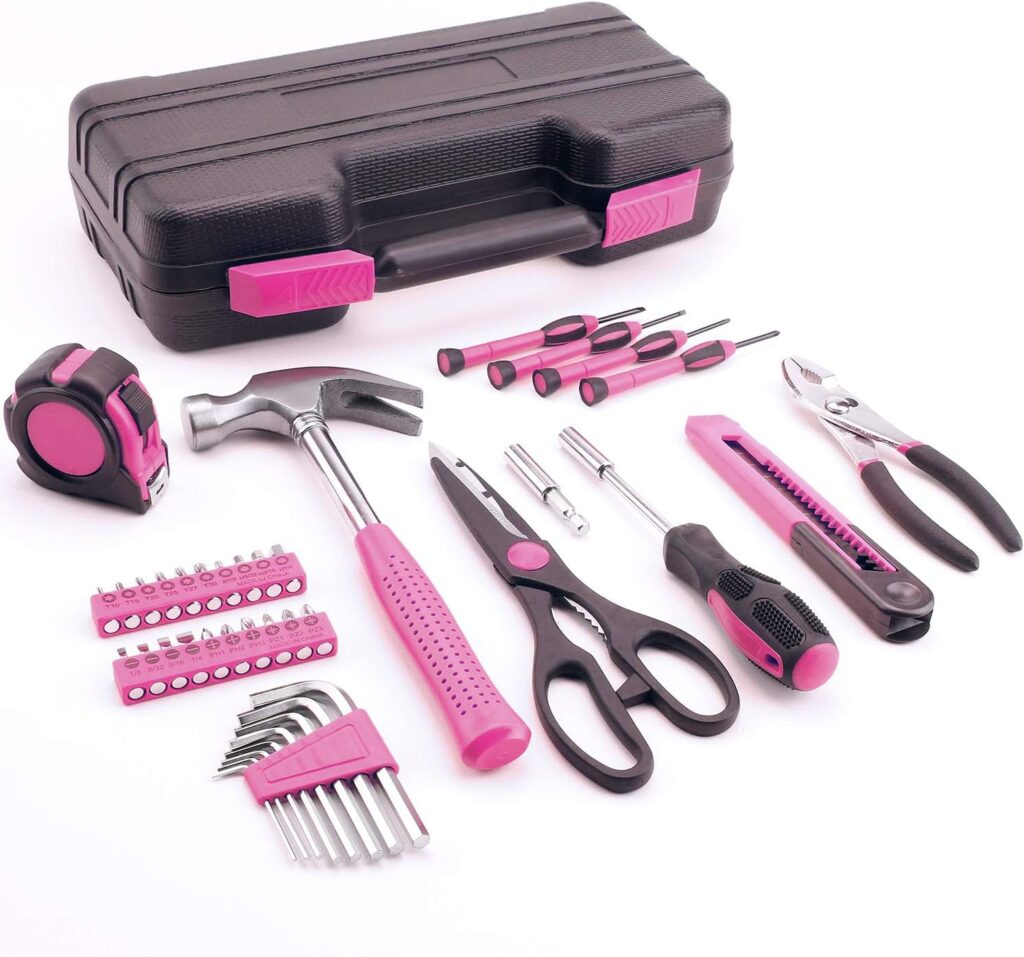
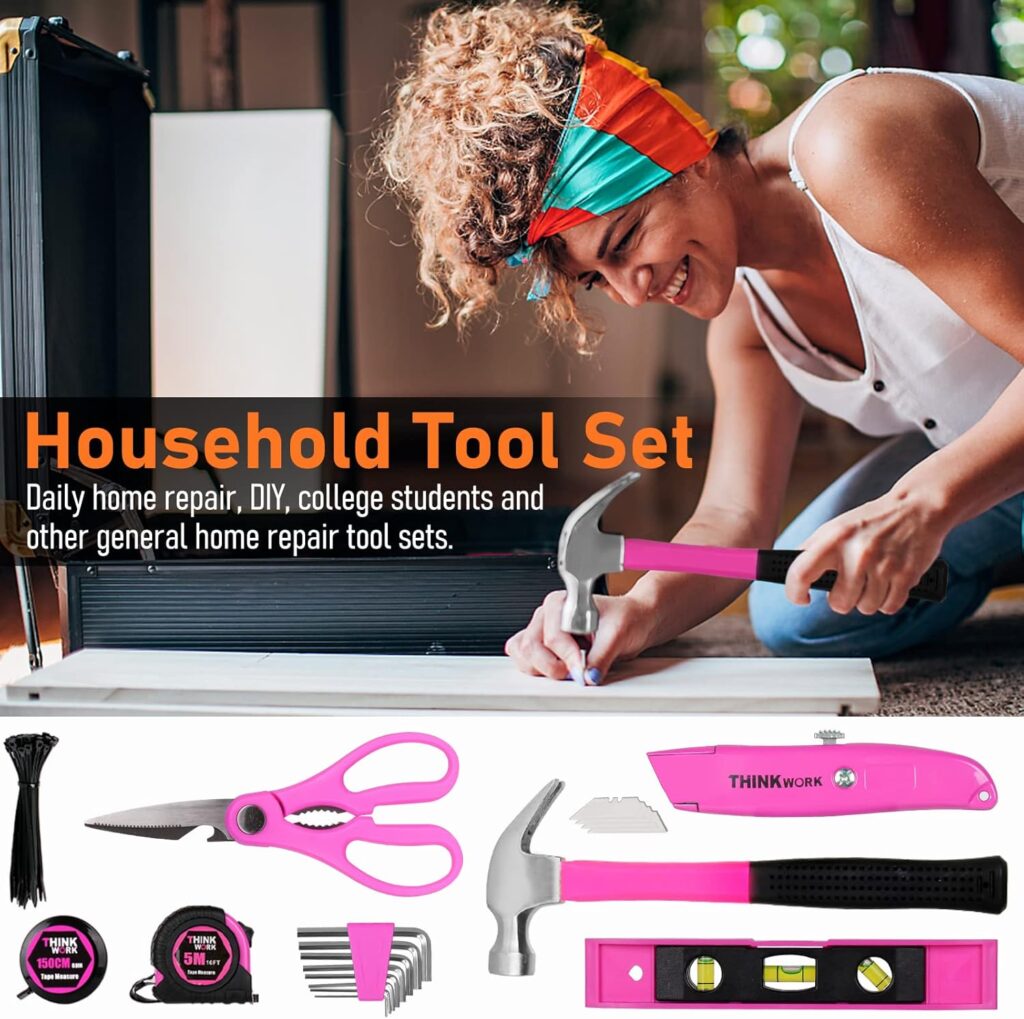

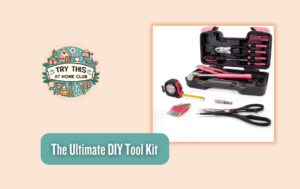
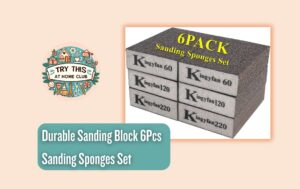
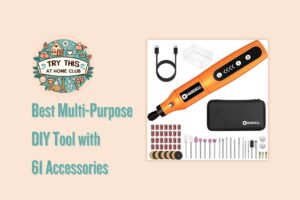
[…] 10 Tips for Choosing DIY Tools on a Budget: Affordable Tools for Beginners HARDELL Mini Cordless Rotary Tool Review – Best Multi-Purpose DIY Tool […]